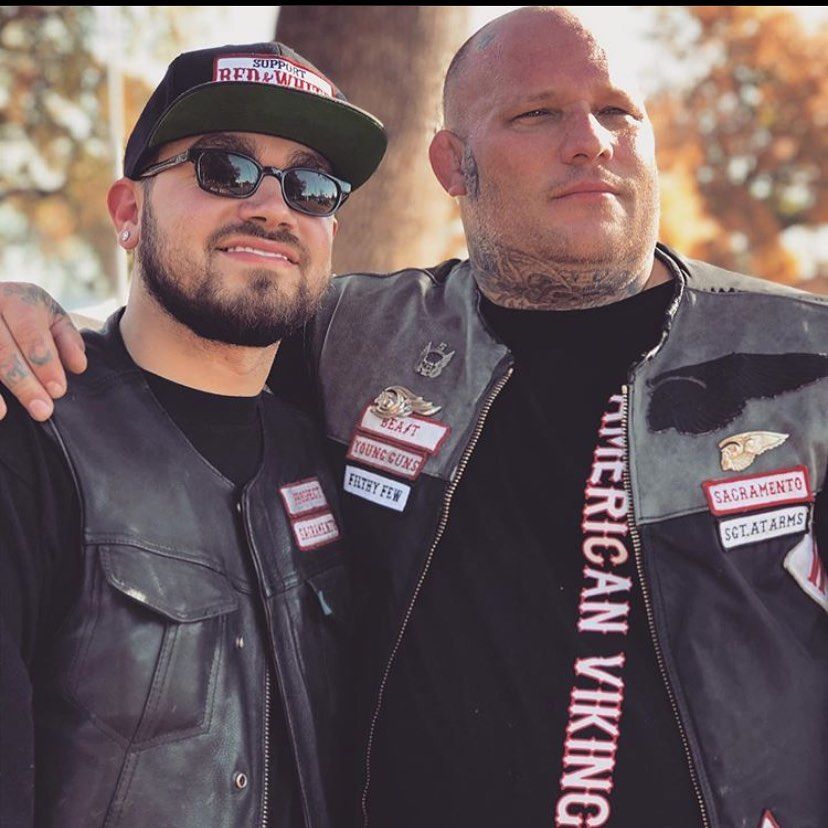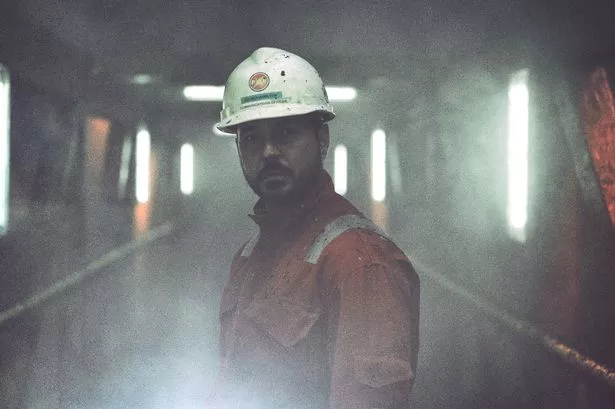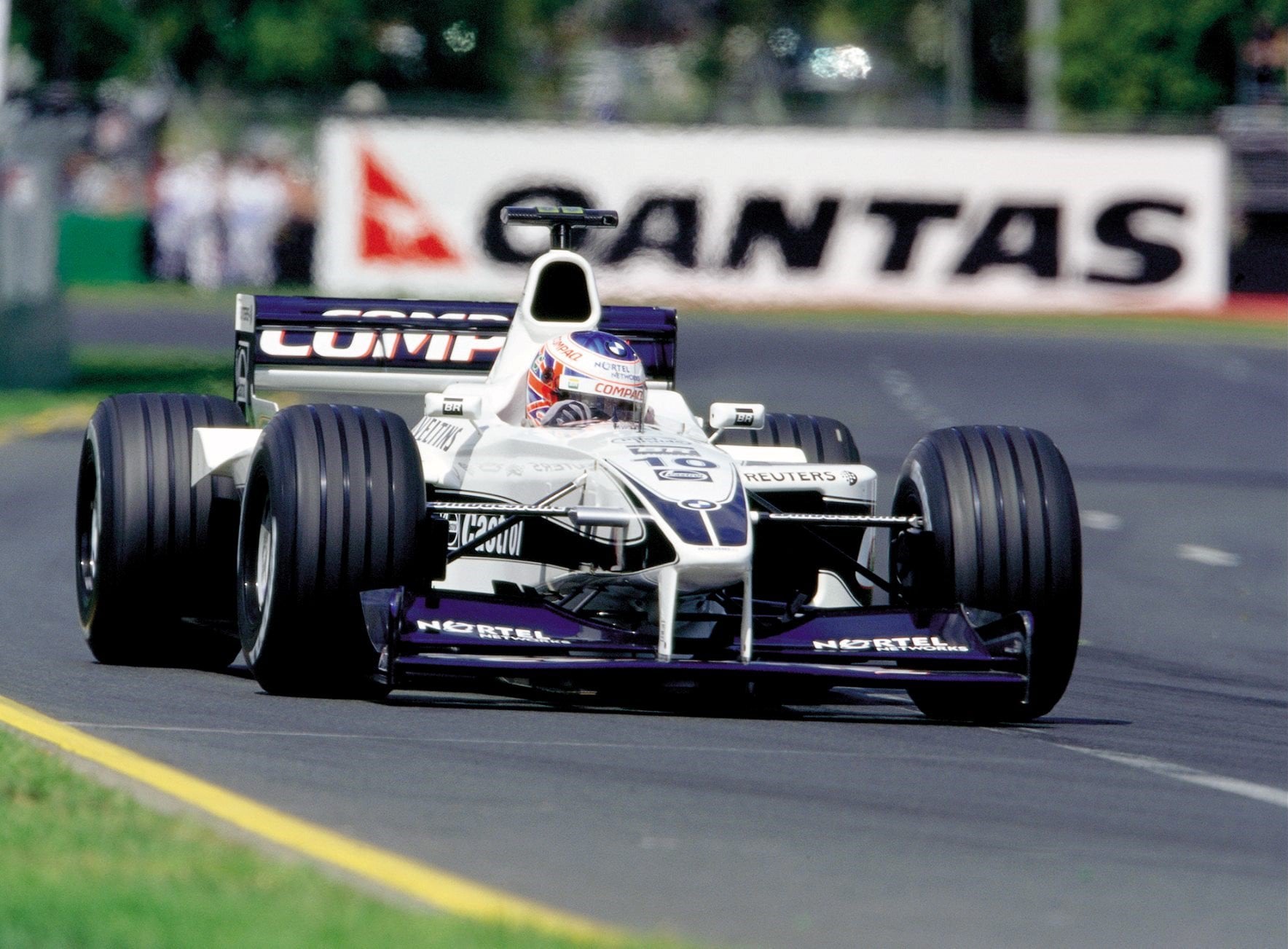The Hells Angels: Their Culture And Influence

Table of Contents
A History of the Hells Angels
The Hells Angels Motorcycle Club's origins trace back to 1948, in Fontana, California. Initially, the club was characterized by motorcycle racing and a sense of camaraderie amongst its members, a common thread amongst many early biker groups. However, over time, the Hells Angels' activities shifted significantly, evolving from a social club to a highly organized criminal enterprise. This transition was gradual but profound, marked by increasing involvement in various illegal activities and escalating conflicts with rival clubs and law enforcement agencies. The Hells Angels history is one of expansion, both geographically and in terms of criminal operations, with chapters now established across the globe.
- Foundation in post-WWII California: The post-war era provided fertile ground for the rise of motorcycle gangs, with many veterans seeking brotherhood and a sense of purpose.
- Early years characterized by motorcycle racing and camaraderie: Initial activities revolved around the shared passion for motorcycles and the thrill of speed.
- Gradual shift towards criminal activities: The club's involvement in illegal activities grew steadily, attracting individuals with criminal inclinations.
- Growth and establishment of chapters across the globe: The Hells Angels expanded their reach, establishing chapters internationally and creating a vast network.
- Notable conflicts with rival motorcycle clubs and law enforcement: The club's history is punctuated by violent clashes with other OMGs, such as the Mongols and Bandidos, and persistent conflicts with law enforcement agencies worldwide. These conflicts often result in significant media attention, further cementing their infamous reputation. Understanding the Hells Angels history is vital to understanding their current operations.
The Hells Angels' Distinctive Culture
The Hells Angels maintain a strict hierarchical structure, with a clear chain of command and elaborate initiation rituals. These rituals often involve rigorous tests of loyalty and endurance, solidifying the bonds between members. The motorcycle itself holds immense symbolic importance within the club, representing freedom, rebellion, and a rejection of mainstream society. The iconic Hells Angels logo and colors, often prominently displayed on their leather jackets, serve as powerful symbols of identity and membership. The infamous "1%" patch, adopted in response to the American Motorcycle Association's claim that 99% of motorcyclists were law-abiding citizens, represents the club's defiant stance against societal norms and law enforcement.
- Strict hierarchical structure (President, Vice President, etc.): This rigid structure facilitates efficient organization and control within the club.
- Elaborate initiation rites and processes: These rites often involve acts of violence, criminal activities, and loyalty tests designed to weed out unsuitable candidates.
- The symbolic significance of the Hells Angels logo and colors: The skull and winged design is instantly recognizable, representing power, defiance, and brotherhood.
- The "1%" patch and its rebellious connotations: This patch explicitly signals the club's rejection of mainstream societal values.
- Emphasis on brotherhood and loyalty amongst members: Members are bound by a strong code of loyalty and mutual support, often outweighing legal considerations. This creates a fiercely loyal and tightly knit organization.
The Hells Angels and Criminal Activity
The Hells Angels' involvement in various criminal enterprises is well-documented. These activities range from drug trafficking and distribution, generating significant revenue, to extortion, protection rackets, and violence. The club’s strategic use of violence helps maintain its power and control over its territories. Law enforcement agencies face significant challenges investigating and prosecuting Hells Angels members due to the club's tight-knit structure, code of silence, and sophisticated methods of money laundering. Their activities constitute a major challenge to law enforcement globally, necessitating complex and coordinated investigations.
- Drug trafficking and distribution networks: The Hells Angels are known to be involved in the trafficking and distribution of various illegal drugs, including methamphetamine, cocaine, and heroin.
- Extortion and protection rackets: They use violence and intimidation to extort money from businesses and individuals.
- Violent crimes and turf wars: Conflicts with rival gangs and law enforcement often result in significant violence.
- Money laundering and financial crimes: The club employs intricate methods to conceal and legitimize the proceeds from their criminal activities.
- Challenges faced by law enforcement agencies: Investigating and prosecuting Hells Angels members is extremely difficult due to their strong code of silence and sophisticated criminal networks.
The Hells Angels' Influence on Popular Culture
The Hells Angels have been prominently featured in books, films, and music, shaping the public perception of the club and the broader biker subculture. While portrayals vary, often oscillating between romanticized depictions of rebellion and more accurate representations of criminal activity, these media representations have significantly influenced the biker image in popular culture. This influence has permeated fashion trends, music genres, and continues to impact the narrative of outlaw biker culture.
- Portrayals in popular movies and television shows: Films and television shows have both romanticized and demonized the Hells Angels, creating a multifaceted public perception.
- Influence on music and fashion: The club's image and style have inspired countless musicians, designers, and artists.
- Impact on the biker subculture: The Hells Angels' image has had a profound impact on the broader biker subculture, both in terms of its style and its outlaw ethos.
- Positive and negative portrayals in media: The varied portrayals in media have created a complex and often contradictory image of the Hells Angels.
Conclusion
The Hells Angels Motorcycle Club, with its complex history and unique subculture, continues to exert a significant influence on both the criminal underworld and popular imagination. Understanding their origins, their cultural practices, and their involvement in criminal activity is crucial to comprehending the challenges they pose to law enforcement and their lasting impact on society. To learn more about the intricacies of this notorious organization and its ongoing activities, further research into the Hells Angels is highly recommended. You can begin your deeper dive into the world of the Hells Angels by exploring reputable sources and documentaries dedicated to the subject.

Featured Posts
-
 How A Martin Compston Thriller Reimagined Glasgow
May 25, 2025
How A Martin Compston Thriller Reimagined Glasgow
May 25, 2025 -
 Tracking The Net Asset Value Of The Amundi Dow Jones Industrial Average Ucits Etf
May 25, 2025
Tracking The Net Asset Value Of The Amundi Dow Jones Industrial Average Ucits Etf
May 25, 2025 -
 O Kuluebuen Basindaki Sorusturma 4 Oenemli Oyuncu Goezaltinda
May 25, 2025
O Kuluebuen Basindaki Sorusturma 4 Oenemli Oyuncu Goezaltinda
May 25, 2025 -
 Jenson And The Fw 22 Extended Everything You Need To Know
May 25, 2025
Jenson And The Fw 22 Extended Everything You Need To Know
May 25, 2025 -
 Myrtle Beach Police Shooting Leaves One Dead Eleven Injured Sled Investigation Underway
May 25, 2025
Myrtle Beach Police Shooting Leaves One Dead Eleven Injured Sled Investigation Underway
May 25, 2025
Latest Posts
-
 Paris Roubaix Van Der Poel Attacker Turns Himself In
May 26, 2025
Paris Roubaix Van Der Poel Attacker Turns Himself In
May 26, 2025 -
 Paris Roubaix Bottle Throwing Spectator Turns Himself In
May 26, 2025
Paris Roubaix Bottle Throwing Spectator Turns Himself In
May 26, 2025 -
 Paris Roubaix 2023 Mathieu Van Der Poel Assaulted Seeks Justice
May 26, 2025
Paris Roubaix 2023 Mathieu Van Der Poel Assaulted Seeks Justice
May 26, 2025 -
 Paris Roubaix Bottle Throwing Spectator Surrenders To Police
May 26, 2025
Paris Roubaix Bottle Throwing Spectator Surrenders To Police
May 26, 2025 -
 Mathieu Van Der Poel Bottle Attack At Paris Roubaix Prompts Legal Action
May 26, 2025
Mathieu Van Der Poel Bottle Attack At Paris Roubaix Prompts Legal Action
May 26, 2025
